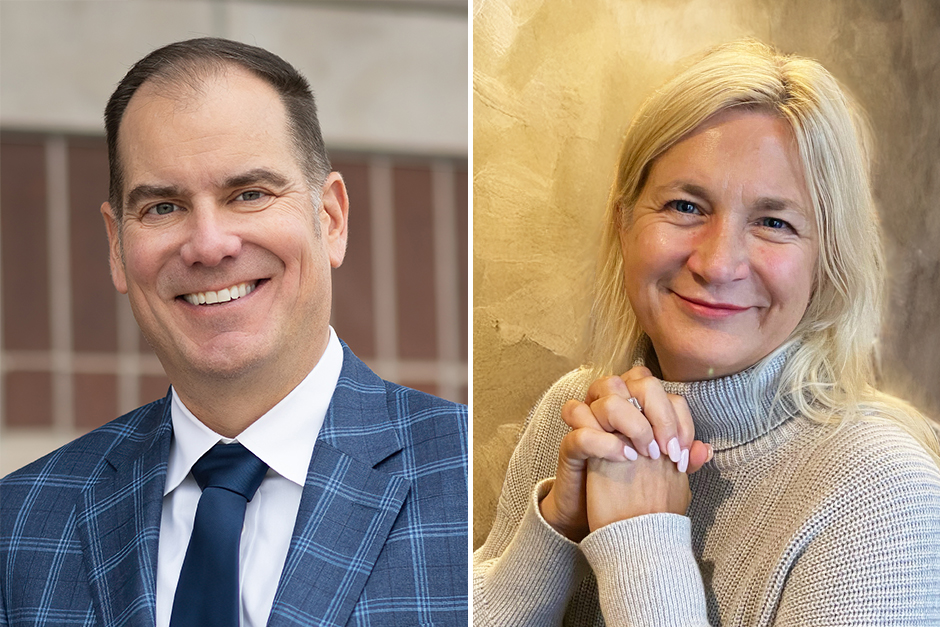Ask the Expert: What does it mean to identify as nonbinary?

In 2014 a Time magazine cover story declared a “transgender tipping point” in terms of increased public awareness. Ten years later this awareness has grown as conversations on transgender issues pepper our newsfeed and more individuals identify as transgender. According to a 2022 Pew Research Study, 5.1% of American adults under 30 identify either as transgender or nonbinary (compared to 1.6% of all adults). And while transgender awareness has increased, more adults under 30 identify as nonbinary than as transgender. Despite this, we have not yet reached a similar “tipping point” in social awareness of nonbinary identity.
So what does it mean to identify as nonbinary?
A gender binary refers to two options: man and woman. Binary transgender people do not identify with the gender associated with their sex assignment. In order to have their gender reflect their sense of self, they transition to live and be recognized as a man or as a woman. In contrast, nonbinary people do not feel that either man or woman adequately represents them.
While many men and women may feel constrained by traditional gender expectations, nonbinary individuals reject the premise that gender identities or presentations should be limited either by one’s sex assignment or by dichotomous gender categories. These individuals may publicly identify as nonbinary or may use similar nonbinary identifiers such as agender, gender fluid, or genderqueer.
Nonbinary individuals may physically and socially present themselves in a variety of ways. There is not one way of dressing or acting. Some may present in a predominantly feminine or masculine manner while others might combine feminine and masculine characteristics or vary the way they present themselves in different contexts. Similarly, some nonbinary people may physically alter their bodies but not all engage in body modification.
Because nonbinary individuals do not identify as a man or woman, they often use gender-neutral pronouns (i.e. they/them). It can be difficult and sometimes uncomfortable to counter lifelong habits of using binary gendered pronouns (i.e. she/her or he/him). However, making an effort to refer to nonbinary individuals with gender-neutral pronouns is a sign of recognition and respect.
Given the growing number of people among more recent generations who understand gender as more than a binary, it is likely that both gendered norms and the ways in which people identify will continue to change.



